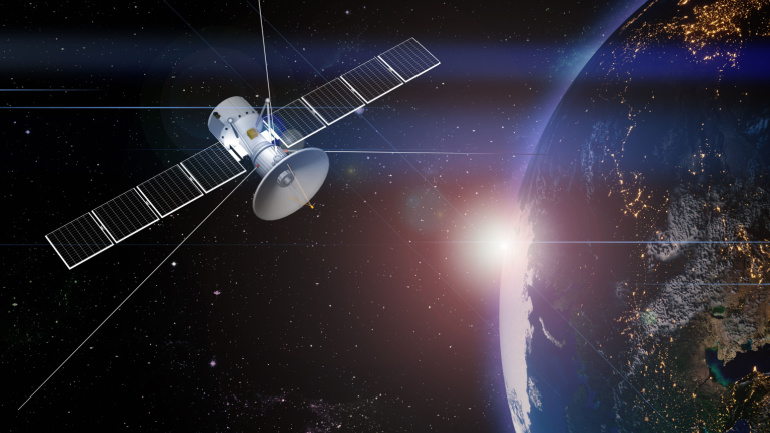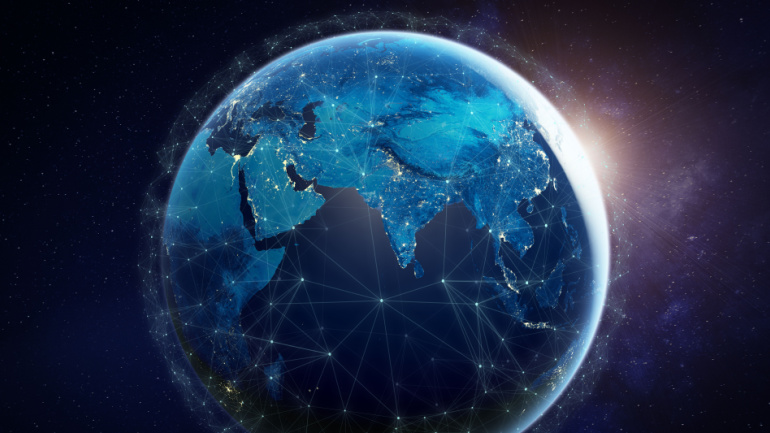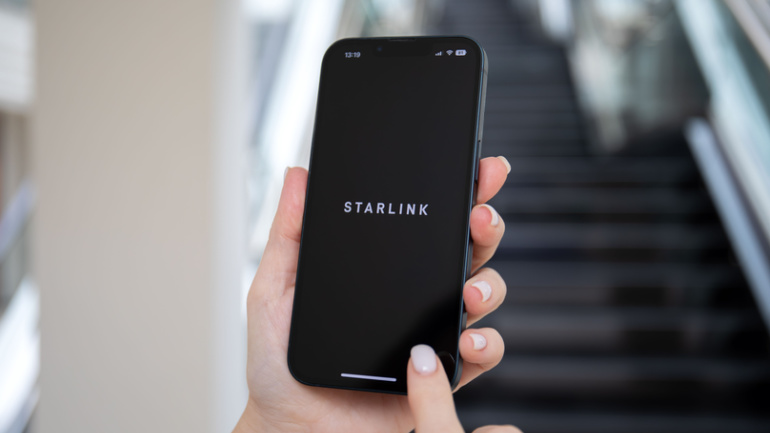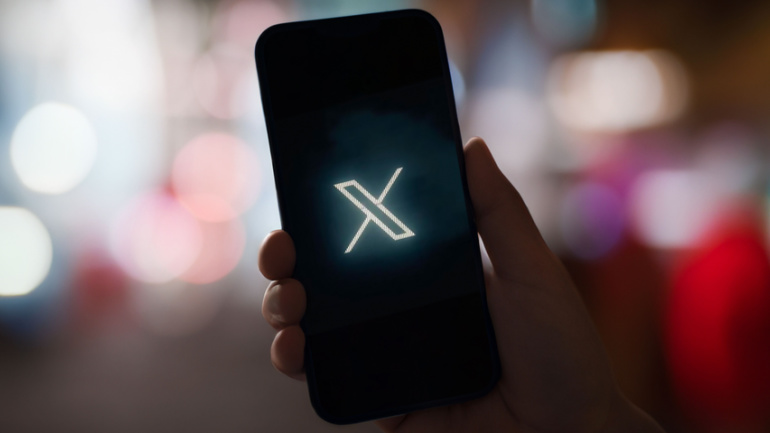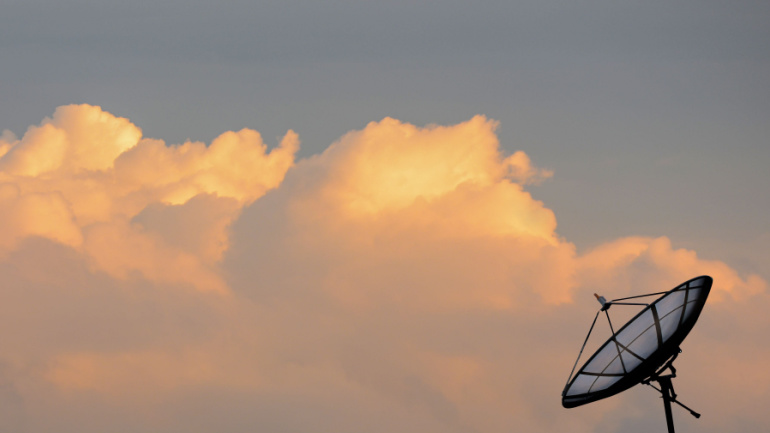The Global Satellite Operators Association (GSOA) is enforcing a behavior code for satellite operators, addressing the pressing issue of space debris caused by escalating satellite broadband services. The industry aims to advance its responsibility through shared best practices to preserve space access. This action, however, fuels debate over unendorsed practices, potential impacts on astronomy, and the proposed spectrum restraint at the upcoming World Radiocommunication Conference.
One New Zealand’s strategic acquisition of local operations from UK-small cell provider Dense Air aims to strengthen mid-band spectrum. Promising enhancements to fixed-wireless access services, this merge incorporates a significant 70 MHz of spectrum into One NZ’s 4G and 5G networks. This move aligns with the company’s efforts towards modernizing its network, hinting towards a customer-centric future with expanded 5G network and possible SpaceX collaboration.
In a groundbreaking revelation, Telus, Canada’s foremost operator, announced the successful two-way communication between smartphones and IoT devices, using Echostar T1, a geostationary Earth orbit satellite. Partnering with TerreStar and Skylo, Telus accomplished this feat using a specially-designed connectivity platform, highlighting the potential for remarkable connectivity throughout Canada, even in remote areas. As this technology differs significantly from regular D2D communication, Telus’s breakthrough is set to redefine the future of connectivity in previously unreachable corners of the country.
Reliance Jio’s introduction of JioSpaceFiber, a satellite broadband service, has rocked the telecom landscape. Offering gigabit speed connectivity even in remote Indian locations, this innovation brings affordable online engagement to all. Leveraging SES’ medium Earth orbit satellites, the joint venture holds the potential to transform India’s digital reach. Yet, this ambition is not without competition.
Intriguingly, SpaceX’s Starlink offers an innovative Direct to Cell feature allowing existing LTE phones to function even in remote locations – a potential boon for those often out of terrestrial coverage. With a rollout plan targeting texts by 2024, and full voice, data, and IoT compatibility by 2025, Starlink seems poised for a breakthrough. While the proposition seems formidable, concerns around possible limitations of Starlink’s proprietary technology remind us advantages of relying on industry best practices. Without disclosed pricing details, we can only anticipate how this venture will fare against other satellite connectivity contenders.
OneWeb’s constellation of low Earth orbit (LEO) satellites will enhance network coverage for Softbank, particularly in challenging regions. The move aligns with Softbank’s ‘Ubiquitous Network’ strategy, which unifies diverse non-terrestrial network (NTN) solutions to expand digital services. Besides its surprise partnership with SpaceX’s Starlink, Softbank continues to boost its stake in OneWeb, supporting its Japanese launch and integration into the Ubiquitous Network.
EdgeCore Digital Infrastructure has partnered with Zayo to enhance connectivity at its Santa Clara data center. Meanwhile, a US-led operation dismantled the Qakbot malware network, preventing further infections and seizing $8.6 million in cryptocurrency. Global roaming fraud is projected to cost $8 billion by 2028. KDDI and SpaceX plan to launch satellite-to-cellular services in Japan by 2024, bridging connectivity gaps in remote areas beyond 5G and 4G coverage.
In a groundbreaking revelation, Twitter owner Elon Musk took to his Twitter account today to announce a significant transformation for the social media giant. Musk’s latest announcement sparked immense curiosity and excitement as he revealed that Twitter will soon bid farewell to its iconic name and adopt a one-letter moniker – “X.”
Huawei plans a comeback in the smartphone market with new 5G devices using domestic chip supplies. Concerns persist about the quality of these chips and Huawei’s absence from the Android Play Store. CityFibre challenges Openreach with a faster wholesale FTTH service, while Optus collaborates with SpaceX’s Starlink to expand mobile coverage in Australia’s remote areas. Ofcom investigates O2 Virgin Media over customer complaints, and the European Court of Justice rejects a ruling on the Three-O2 merger, adding to the uncertainty in the telecommunications regulatory landscape.
Spark’s partnership with Lynk Global marks a major milestone in mobile connectivity for New Zealand, testing direct-to-consumer satellite services to enhance network coverage and combat challenges posed by climate change.



